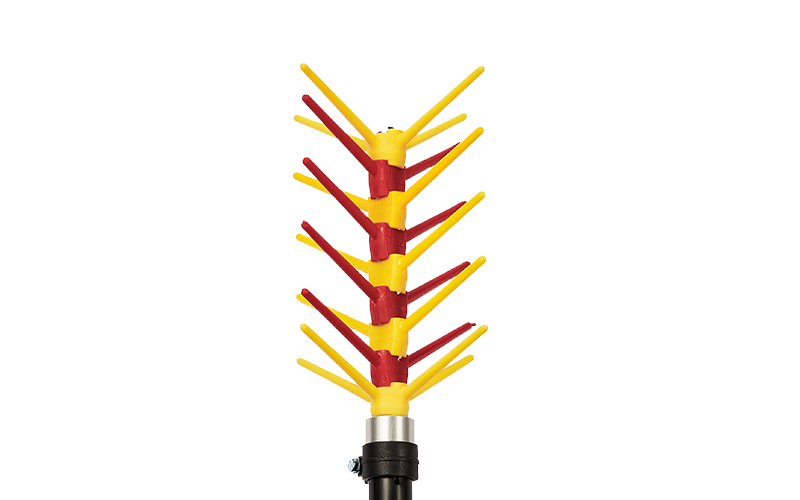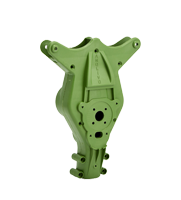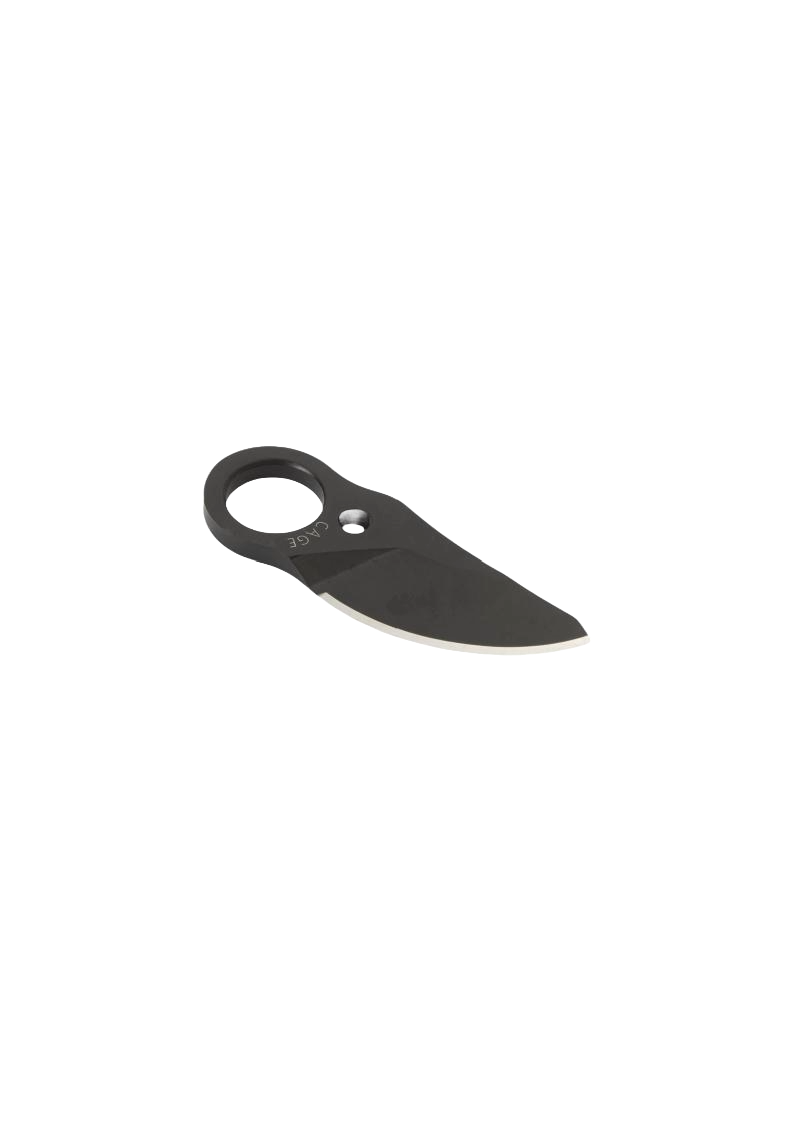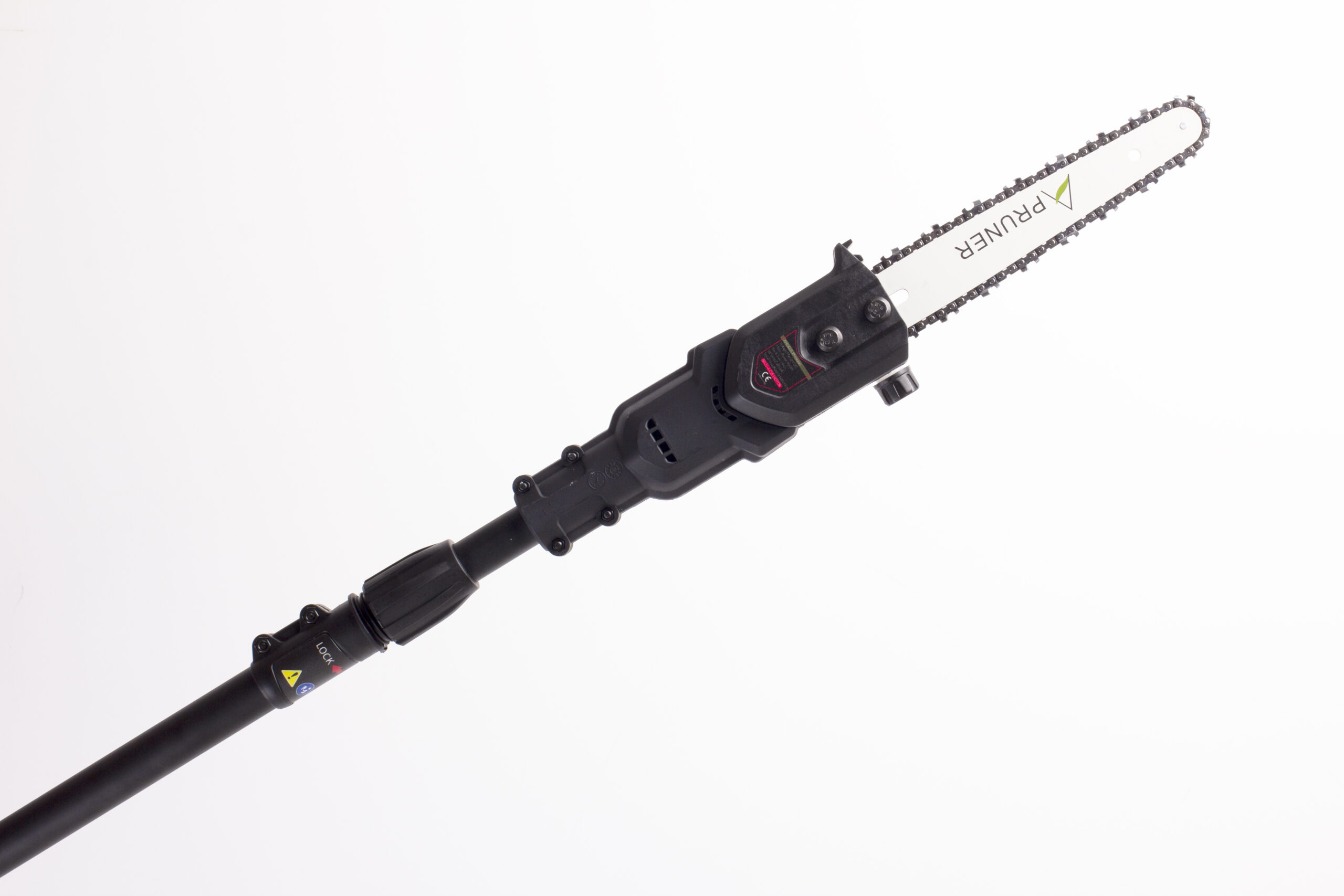All Olive Varieties
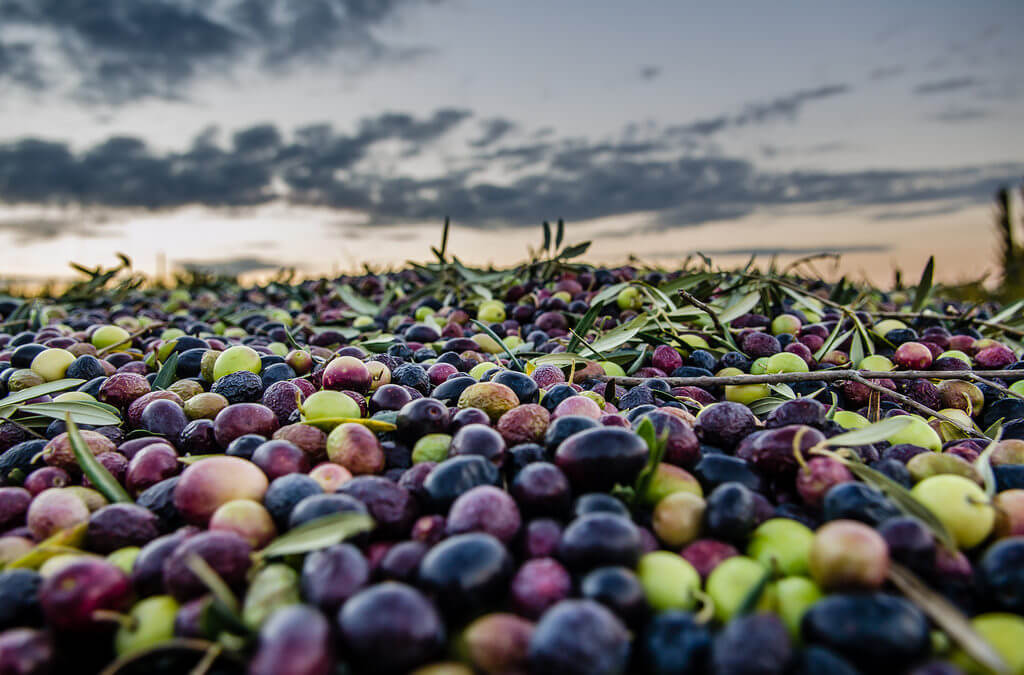
In Greece, there is a long tradition in processing black ripe olives of various varieties, unlike other olive-producing countries (e.g., Spain) where green olives dominate.
The easiest and most natural olive consumed by humans was the Throumba or 'stafidolia' (raisin olive), which is a ripe olive that naturally debits itself through natural processes on the tree. But other types of olives, in oil or brine, are still a favorite snack for Greeks today. In several Greek regions, however, techniques for debittering green olives were also known from ancient times.
Edible olive varieties are different from oil-producing ones. That is, there are olives intended only for the production of edible olive fruit, and there are others intended only for oil production. In many regions of Greece, mixed varieties are cultivated that are used for both purposes. However, because large olives do not yield olive oil of exceptional quality, Greek farmers began to differentiate their crops in the past to produce good quality products. Nevertheless, the varieties cultivated today have carved out their own history, have been cultivated for many centuries, and have been fully adapted to the specific climatic conditions of each place.
Greek Table Olive Varieties
The traditional (household) processing methods of olive fruit vary but are based only on the basic principles known since antiquity. For varieties that do not ripen on the tree, traditional processing requires debittering with salt or ash. Scoring with a sharp object along the fruit and hitting it with a (usually wooden) object to break the flesh without damaging the pit are methods still followed today in many Greek regions. This process varies depending on the variety and the degree of olive ripeness. In the villages of Pyrgos, olives were stored in brine with vinegar, where lemon slices and chopped celery were added. The Korakoelies of Laconia were debittered in salt, but only after being immersed for 24 hours in lime. For small olives (elidakia, Koroneikes, choraitikes), a different process is followed: they are salted and placed in a basket to drain their juices. They are stored with orange slices and aromatic plants (throumba, mastic, etc.).
The black Kolymbades of the Kynouria region are based on the principle of debittering with layers of coarse salt, which gradually dissolves in the liquids released by the olives. In the Greek market, there is considerable interest in dry-salted olives. These are olives that, after being debittered, are dried in the sun and packaged with layers of salt without water.
Cracked olives, direct descendants of the ancient 'thlastes' olives, are a distinct delicacy for Greek consumers. We will find them in many Greek regions, in Crete, Kalamata, other areas of the Peloponnese, and Roumeli. Some preserve them in brine, others in vinegar and olive oil.
In the villages of Pyrgos, green olives are scored and debittered in baskets with salt. In the Monemvasia region, green olives are scored, debittered in water, placed in bitter orange juice or vinegar, and preserved in olive oil.
Also interesting was the old technique for preparing 'toumoulisia' olives. Debittering was done in water, followed by placement in sacks to cure and ripen (by applying weight on the sacks). After a process of salting in troughs, flavoring with lemon slices, etc., they were placed in 'toumoulia' (animal skins) where they were preserved.
The distinction and classification of certain olive varieties as table olives are based on specific characteristics of the olive fruit, such as: the composition of its flesh, the ratio of flesh to pit, the ease of pit separation, and its behavior during processing and canning. Varieties with large fruit, i.e., with abundant flesh, are considered the best and have greater commercial value. In reality, however, medium-sized olives are more flavorful. These distinctions mainly concern commercial varieties, because on the islands, and especially in Crete, edible olives are prepared even from the flesh-poor but very tasty 'psilolies', 'ladolies', or 'tsounates'.
OLIVE VARIETIES
| Variety | Other names | Cultivation areas |
| Table Olives | ||
| Konservolia | Amfissis, Artas, Voliotiki, Chondrolia Chalkidikis | Central and Western Greece, Chalkidiki |
| Kalamon | Kalamatiani, Aetonychia, Korakoelia | Peloponnese, Crete, Western Greece |
| Ladolies Koroneiki | Lianolia, Psilolia, Ladolia, Kritikia | Peloponnese, Crete, Ionian Islands |
| Lianolia Kerkyras | Souvlolia, Korfolia, Prevezana, Dafnofylli | Corfu, Paxos, Zakynthos, Kefalonia, Epirus Coast |
| Koutsourelia | Patrini, Lianolia, Patrinia Ladolia | Peloponnese, Nafpaktos |
| Mastoidis | Tsounati, Matsolia, Mouratolia | Peloponnese, Crete |
| Dual Use Megaritiki | Perachoritiki, Vovoditiki, Chondrolia Aeginas | Attica, Boeotia, Kynouria |
| Kolovi | Mytilinia, Valanolia | Lesbos, Chios |
| Kothreiki | Manaki, Manakolia, Korinthiaki | Delphi, Amfissa, Troizinia, Kynouria |
| Throumbolia | Thasitiki, Chondrolia Evvoias | Aegean Islands, Attica, Evvoia |
Androkarpis ( Olea europaea var . Mayor or Punera ): Cultivated throughout Greece, its fruit is quite large and resembles a plum. It is known by the names Koromilolia, Gaidourolia, Damaskinati, Ispaniki, Palamara. It is used as a green table olive, which, however, is of medium quality.
Vasilakada ( Olea europaea var . Regalis ): Cultivated in Corfu, Rovies of Evvoia, and Chalkidiki. It is a rather low tree (4-8 m) but very resistant to cold. The fruit of this olive is large, ovoid, without a nipple. It is known by the names Vasiliki, Ispaniki, Kolokythati, Roviati. It is suitable for producing green table olives and black wrinkled ones.
Kalamon (Olea europaea var. Ceraticarpa): Cultivated mainly in Messinia, Laconia, and Achaia. A fairly tall tree that produces large, unilaterally curved fruits. Its peculiarities are, firstly, that its leaves are the largest of all Greek olive varieties, and secondly, that the pit “separates” from the flesh extremely easily. It is one of the best table olive varieties that shows continuously increasing demand in foreign markets. It is known by the names Kalamatiani, Aetonychi, Chondrolia.
Karydolia ( Olea europaea var . Maxima ): Cultivated in Corfu, Amfissa, Lamia, Evvoia, Chalkidiki, Mytilene, Zakynthos, and Attica. The fruit of this tree, which has two seams and ends in a nipple, is large and suitable for the production of table olives, both green and black. It is known by the names Stravolia, Karolia, and Kourolia.
Kolymbada (Olea europaea var. Uberina): Cultivated on a limited scale in Phocis, Attica, the Cyclades, Messinia, and Evvoia. It is a tree that grows moderately and only in fertile soils. Its fruit, round, is suitable for the production of black table olives. It is known by the names Mirolia, Kolympati, Stroumpoulolia.
Konservolia (Olea europaea var. Rotunda): Cultivated mainly in Agrinio, Amfissa, Arta, Lamia, and Pelion. The trees of this variety require special cultivation care but grow quite large and can reach up to 10 m in height. Their fruit, spherical or ovoid, is among the largest of Greek varieties. The deep grooves in the pit are characteristic. It yields green, blonde, and black olives of excellent quality. It is known by the names Agriniou, Amfissas, Artas, Voliotiki, Patrinia, Chondrolia, Strongylolia.
Strongylolia (Olea europaea var. Rubrotunda): Primarily cultivated in Chalkidiki. The fruit of this tree is very large and is mainly used for the production of green crispy table olives. It is also known by the names Galani, Prasinolia, Strongylorachati, Milolia.
Mixed varieties
Essentially, these are olives suitable for olive oil production that are only occasionally (depending on the year) and usually at a family level consumed as table olives.
Amygdalolia (Olea europaea var. Amygdaliformis): Cultivated mainly in Amfissa for olive oil production and in Attica for green table olive production. The fruit resembles an almond and ends in a nipple; however, it is not suitable for black table olive production because the fruit softens during preservation.
Throumbolia – Throumba – Thasitiki ( Olea europaea var . Media oblonga ): Cultivated mainly in Chios, Samos, the Cyclades, but also in Crete, Attica, Thasos, Evvoia, and Rhodes. This variety is considered the most widespread in Greece, as it is a tree that can be cultivated at high altitudes and is rarely affected by the olive fruit fly. It is used for the production of table olives, known as throumba or stafidolia. The natural shriveling and sweetening of this olive are due to a fungus, Phoma oleae, which breaks down oleuropein and gives the fruit a blonde color and a sweet, wonderful taste. Olives affected by this fungus are not suitable for olive oil production. In the market, under the name throumbes, olives of this variety are available that have been “technically” sweetened with salt and are actually 'alatsolies' or cured olives. It is known by the names Throumba, Askouda, Thasitiki, Ladolia, Xantholia, Rethymniotiki, Chondrolia.
Kothreiki – Manaki (Olea europaea var. Minor rotunda ): Cultivated in Amfissa, Delphi, Itea, Arachova, Lamia, Kynouria, Ermioni, and Poros. A tree quite resistant to cold and strong winds. Its fruit is spherical or ovoid and yields excellent olive oil, but also makes a very tasty and aromatic black table olive. It is also known by the names Manaki, Korinthiaki, Glykomanaki, Glykomanakolia. .
Matolia: Cultivated in Ilia. It is also known as Roussolia, Nychaki, Damourelia. It is mainly used for olive oil production and only locally in Ilia for the preparation of table olives.
Koroneiki ( Olea europaea var . Mastoides ): Cultivated in the Peloponnese, Crete, and the Ionian islands, and is known by the names Psilolia, Lanoulia, Ladolia. This variety is excellent for olive oil production. However, in Crete, they make black table 'psilolies' which, despite their poor flesh, are excellent in taste and aroma.
Foreign edible olive varieties cultivated in Greece
Over time, foreign varieties of table olives, mainly Spanish, Italian, and French, have been introduced to Greece. Naturally, their fruits cannot be compared to those produced in their countries of origin, due to different climatic and cultivation conditions.
Gordal : A large-fruited Spanish variety originating from Seville and also cultivated in America, North Africa, and Greece. It yields excellent quality green and black brine table olives.
Ascolana : An Italian variety cultivated in America, Israel, and to a small extent in Greece. It yields green brine olives.
Picholine : A French variety considered the best for producing green table olives.
Source: http://www.onlineexpo.gr/



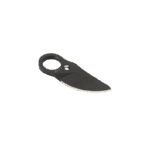 Pruning Machine Spare Parts
Pruning Machine Spare Parts Spare parts Koupepe
Spare parts Koupepe Wheeled Generator Spare Parts
Wheeled Generator Spare Parts Spare parts Asteras
Spare parts Asteras Spare parts Amolivo
Spare parts Amolivo


